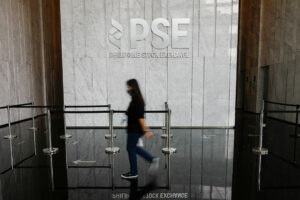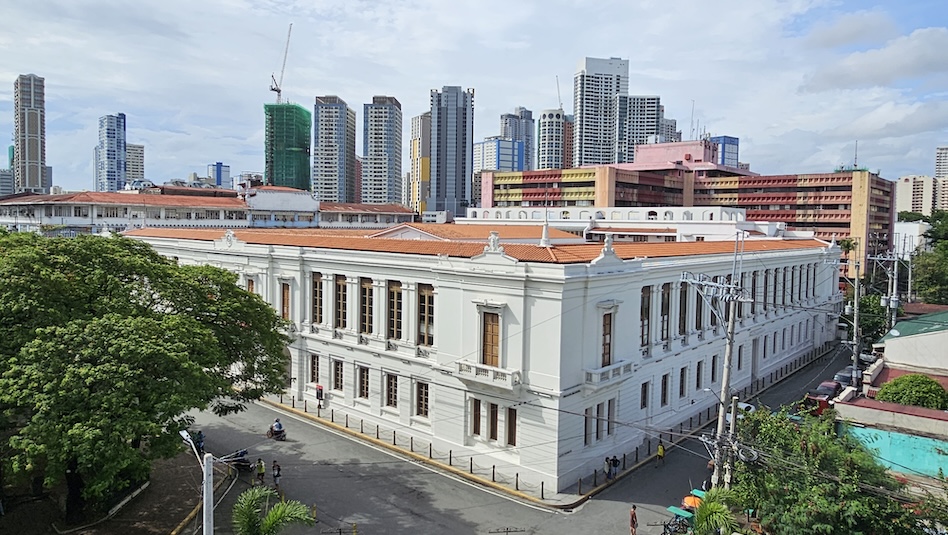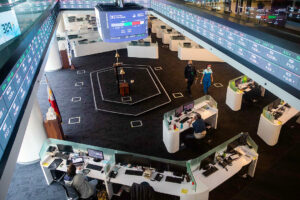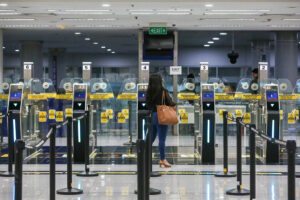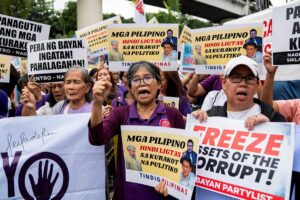The peso returned to the PHP 56 level on Tuesday amid a weaker dollar as markets expect several rate cuts from the US Federal Reserve to support growth in the world’s largest economy.
The local unit closed at PHP 56.91 versus the greenback, jumping by 27.1 centavos from its PHP 57.181 finish on Monday, Bankers Association of the Philippines data showed.
The peso opened Tuesday’s session slightly stronger at PHP 57.07 versus the dollar. Its intraday high was at PHP 56.90, while its worst showing was at PHP 57.165 against the greenback.
Dollars exchanged rose to USD 1.95 billion on Tuesday from USD 1.52 billion on Monday.
“The dollar-peso closed lower as the market continued to price in the series of rate cuts from the Fed,” a trader said in a phone interview.
The greenback slid ahead of a widely expected cut by the Fed this week and potentially further easing for the rest of the year following recent data showing signs of weakness in the world’s largest economy, Rizal Commercial Banking Corp. Chief Economist Michael L. Ricafort said in a Viber message.
For Wednesday, the trader sees the peso moving between PHP 56.60 and PHP 57 per dollar, while Mr. Ricafort expects it to range from PHP 56.80 to PHP 57.05.
The dollar slid to a more than two-month low against sterling and the euro and a 10-month trough versus the Australian dollar on Tuesday as investors firmed bets for a Federal Reserve interest rate cut this week, Reuters reported.
The US dollar index, which tracks the currency against a basket of six major rivals, fell to 97.121 after hitting its lowest since July 7, with US President Donald J. Trump renewing calls for aggressive monetary easing.
Markets expect a 25-basis-point (bp) rate cut on Wednesday, with rapidly softening labor market data being the key driver of the ramp-up in easing bets in recent weeks.
Mr. Trump in a social media post on Monday called on Fed Chair Jerome H. Powell to enact a “bigger” cut, pointing to the housing market.
“Focus remains on the Fed meeting on Wednesday,” said Mohit Kumar, strategist at Jefferies. “Key would be Powell’s tone.”
“If Powell puts more emphasis on inflation risks or the uncertainty surrounding the growth and inflation outlook, we could see the market paring back some of the rate cut expectations,” he added.
Elsewhere, sterling rose 0.2% to USD 1.3627, hitting its highest since July 8.
Data showed on Tuesday that Britain’s jobs market has lost a little more steam, potentially easing worries at the Bank of England about persistent inflation pressures.
The euro rose as much as 0.3% against the weakening dollar to USD 1.1797, a level not seen since July 3.
The Australian dollar edged 0.06% lower to USD 0.6666 after climbing to USD 0.6677, its strongest level since Nov. 8.
Against the yen, the dollar slipped 0.3% to 146.920 ahead of the Bank of Japan policy meeting on Friday, with money markets expecting the central bank to keep rates at 0.5%.
Japan’s farm minister and the chief government spokesperson joined the race on Tuesday to lead the ruling party and replace outgoing Prime Minister Shigeru Ishiba, who announced his resignation last month. — A.M.C. Sy with Reuters







 DOWNLOAD
DOWNLOAD





